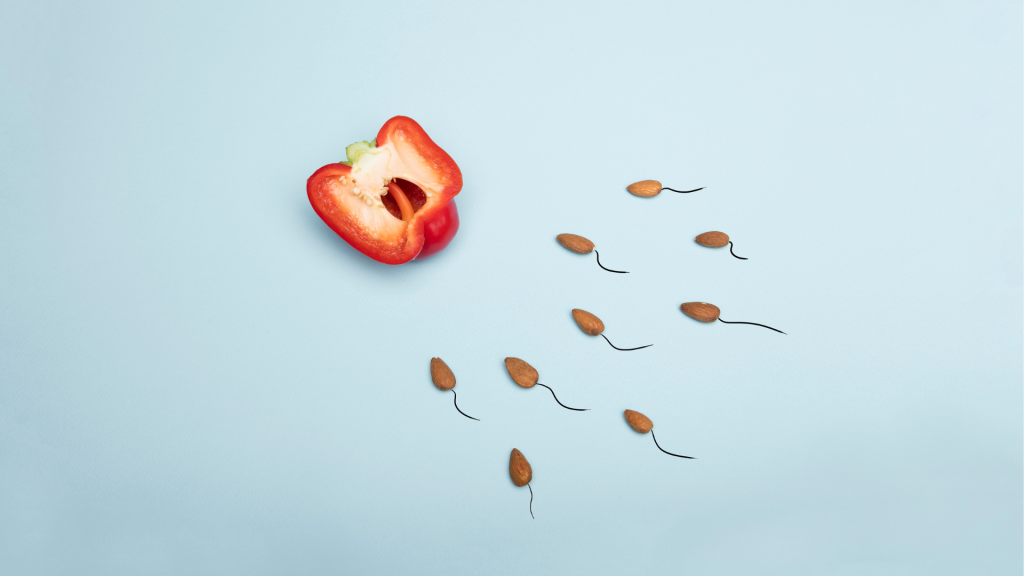Overview
In vitro fertilization (IVF) is an advanced reproductive technology used to aid conception. Ovarian stimulation is performed using hormone injections to produce multiple eggs. Once matured, the eggs are retrieved surgically. Fertilization is then carried out in a lab, either through standard insemination or ICSI (Intracytoplasmic Sperm Injection) (🔗), particularly in severe male infertility cases.
The embryos are cultured for a few days, and the healthiest one is selected for transfer into the uterus. IVF is recommended for conditions like blocked fallopian tubes, poor ovarian reserve, severe male infertility, endometriosis, or unexplained infertility.
What is IVF?
IVF (in vitro fertilization) is a fertility treatment where an egg and sperm are combined outside the body in a lab to create an embryo, which is then transferred to the uterus. Here’s a simple breakdown of the steps:
1. Ovarian Stimulation— The woman takes fertility drugs to stimulate the ovaries to produce multiple eggs (instead of just one in a natural cycle).
2. Egg Retrieval— A minor surgical procedure collects the mature eggs from the ovaries.
3. Sperm Retrieval— The man provides a sperm sample (or donor sperm is used).
4. Fertilization— The eggs and sperm are combined in a lab dish for fertilization (or ICSI may be used if sperm quality is poor).
5. Embryo Culture— The fertilized eggs (now embryos) grow in the lab for 3–5 days.
6. Embryo Transfer— The best-quality embryo(s) are placed into the woman’s uterus to implant and develop.
IVF can use:
- The couple’s own eggs and sperm.
- Donor eggs, sperm, or embryos (from a known or anonymous donor).

IVF Cost in India 2025
In vitro fertilization (IVF) provides hope for individuals and couples struggling with infertility, yet cost remains a major concern for many in India. Understanding treatment expenses, financing options, and success rates is crucial for informed decisions. Fortunately, India offers high-quality fertility care at competitive prices. This guide explores IVF costs in 2025, affordable clinics, financial assistance, and government-supported fertility programs.
The cost of IVF in India (2025) varies depending on the clinic, location, and additional procedures needed. A basic cycle typically ranges from ₹100,000 to ₹250,000, while advanced treatments—such as those involving donor eggs, specialized medications, or cutting-edge technologies—can cost ₹500,000 or more.
| IVF Treatments Cost in India 2025 | |
| Components | Cost Range |
| Fertility assessment (blood tests, ultrasound) | 5,000 – 10,000 Rs |
| Semen analysis | 500 – 1000 Rs |
| Injectable medications for ovarian stimulation | 20,000 – 40,000 Rs |
| Base IVF fee (egg retrieval, embryo creation,transfer) | 90,000 – 150,000 Rs |
| Additional procedures (ICSI,assisted hatching, PGT) | 20,000 – 1,00,000 Rs |
| Embryo freezing | 20,000 – 30,000 Rs |
| Annual storage fees | 5,000 – 10,000 Rs |
| FET cycle | 50,000 – 1,00,000 Rs |
Low-Cost IVF Clinics
Low-cost IVF centers with high success rates are being offered in Hyderabad, as well as other major Indian Low-cost IVF centers with high success rates are expanding across Hyderabad and other major Indian cities. As a result, many middle-class couples can now access quality fertility treatments at reasonable prices. In particular, Hyderabad boasts several renowned clinics known for their exceptional success rates, such as
- ART Fertility Clinic
- Padmaja Fertility Centre
- Nova IVF Fertility
- Sridevi Fertility Centre
With packages starting at just ₹90,000, these centers rank among India’s most affordable fertility clinics while maintaining high standards of care.
Why Does IVF Treatment Cost Vary?
The cost of IVF (in vitro fertilization) treatment in India varies based on three main factors:
- Clinic Location— Big cities like Delhi, Mumbai, and Bengaluru usually have higher prices compared to smaller towns due to higher operating costs and demand.
- Treatment Complexity— Basic IVF is cheaper, but additional procedures like ICSI (for male infertility), embryo freezing, or PGT (genetic testing of embryos) add to the total cost.
- Doctor & Clinic Reputation— Experienced doctors and well-known clinics with high success rates often charge more for their expertise and better facilities.
These factors combine to determine the final cost, making IVF prices different for each patient.

Factors Affecting IVF Success Rates
Several crucial factors influence the success rate of IVF treatment. First, the woman’s age plays a key role, as egg quantity and quality decline with age, significantly reducing IVF success. Next, the cause of infertility matters; for instance, blocked fallopian tubes are more treatable with IVF than poor egg quality. Additionally, reproductive history affects outcomes, as previous successful pregnancies may indicate better chances.

Moreover, lifestyle factors like smoking, obesity, and alcohol use can lower success rates, while a healthy lifestyle improves them. Furthermore, the quality of the fertility clinic impacts results, as experienced clinics with advanced technology often have higher success rates. Another factor is the use of fresh vs. frozen embryos, with frozen transfers sometimes showing better outcomes.
In addition, transferring multiple embryos raises pregnancy chances but also increases the risk of multiple births. Equally important, sperm quality, including health, motility, and morphology, affects fertilization and embryo development. Finally, uterine receptivity is critical, as the uterus must be able to support embryo implantation for IVF to succeed. (🔗)
Understanding the Success Rate
IVF success rates are typically measured by the percentage of cycles resulting in a live birth. Generally, younger women have higher success rates, while chances decline with age.
For example, women under 35 have a 41-43% live birth rate with fresh embryos and 52-55% with frozen embryos. In contrast, those aged 35-37 see rates of 33-36% (fresh) and 44-46% (frozen). As age increases, success drops further—women 38-40 have 23-27% (fresh) and 34-37% (frozen) success, while those 41-42 experience 13-18% (fresh) and 23-26% (frozen). Finally, women over 42 have the lowest rates: 5-8% (fresh) and 12-17% (frozen).
However, these are averages, and individual results may vary based on health, clinic expertise, and other factors.
How to Choose the Right IVF Clinic
Choosing the right IVF clinic can greatly improve your success chances. Consider these key factors:
First, check the clinic’s success rates, especially for your age group and fertility issues. Next, prioritize clinics with experienced fertility specialists and skilled embryologists. Additionally, ensure they use advanced technology and modern techniques.
Look for clinics that offer personalized care instead of generic treatment plans. Also, they should be transparent about success rates and answer your questions openly.
Beyond medical care, consider clinics that provide support services like counseling and nutritional guidance. Finally, compare costs and confirm whether they accept your insurance.
By evaluating these factors carefully, you can select the best IVF clinic for your needs.
Conclusion
IVF offers hope to millions struggling with infertility, providing a scientifically advanced pathway to parenthood. While the process involves multiple steps—from ovarian stimulation to embryo transfer—success depends on various factors, including age, fertility issues, clinic expertise, and lifestyle.
India has emerged as a leading destination for affordable, high-quality IVF treatment, with costs significantly lower than in Western countries. However, prices vary based on clinic reputation, location, and required procedures. By researching success rates, evaluating clinic expertise, and understanding financial options, prospective parents can make informed decisions.
Choosing the right IVF clinic is crucial—prioritize transparency, personalized care, and advanced technology to maximize your chances of success. With the right support and medical guidance, IVF can turn the dream of parenthood into reality.
Frequently Asked Questions
What is the success rate of IVF on the first try?
The success rate depends mainly on age. Women under 35 have a 40-45% chance of pregnancy in the first IVF cycle, but rates drop with age. Many couples need multiple attempts.
Does IVF guarantee 100% success?
No, IVF never guarantees 100% success. Even for young, healthy women using high-quality embryos, the maximum success rate is around 55% per cycle. Chances decrease with age and vary based on fertility factors.




